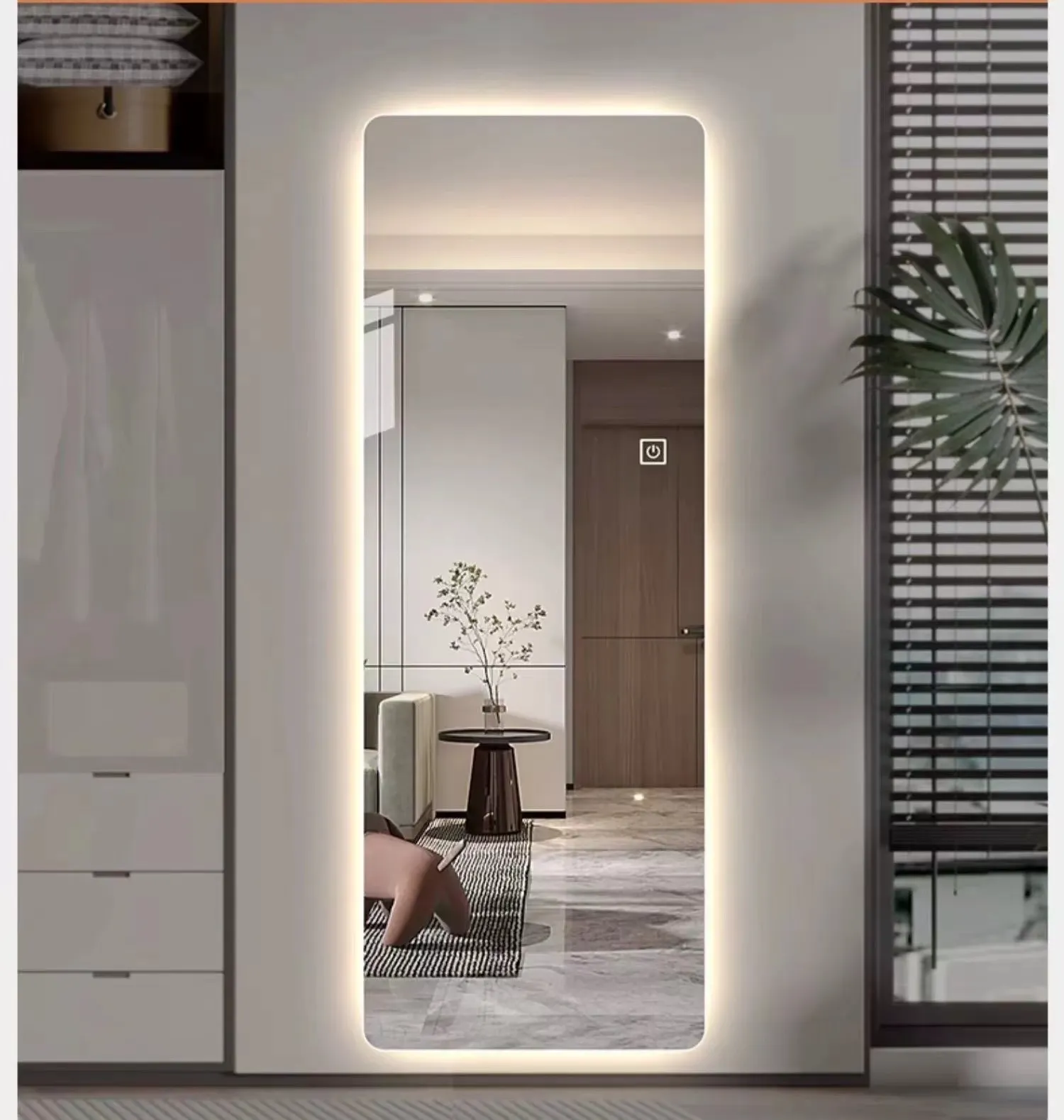

The Allure of Plain Frosted Glass A Touch of Elegance and Privacy
In the realm of interior design, few materials embody both elegance and functionality as beautifully as plain frosted glass. This unassuming glass has become a staple in modern architecture and home decor, providing a seamless blend of aesthetics and practicality. With its soft, diffused appearance, frosted glass offers a stylish solution for privacy while still allowing light to flow freely throughout a space. As we delve into the wonders of this material, we uncover its various applications, benefits, and the unique charm it adds to our living environments.
Frosted glass is created through a process known as sandblasting or acid etching, which gives the glass its characteristic translucent quality. This treatment alters the surface of the glass, dispersing light in such a way that it creates a soft, glowing effect while obscuring visibility. The result is a surface that invites natural light into a room yet maintains an essential level of privacy. Whether used in the home, office, or public spaces, frosted glass provides an unobtrusive barrier without sacrificing brightness.
One of the most common uses of plain frosted glass is in interior doors and partitions. In open-plan living spaces, frosted glass doors allow for the segregation of rooms while still permitting light to travel between them. Imagine a glass sliding door that separates a home office from the living room; it ensures privacy during work hours but still keeps the overall space feeling open and airy. Moreover, in residential settings, frosted glass bathroom windows offer an opportunity for natural light to filter in without compromising personal privacy—an essential feature in any home.
Beyond doors and windows, frosted glass is increasingly popular in cabinetry and shelving. Kitchens and bathrooms benefit significantly from frosted glass cabinet doors, as they hide clutter while showcasing tasteful dishware or toiletries. This not only elevates the design of the space but also simplifies maintaining a tidy appearance. In commercial settings, frosted glass in conference rooms creates a professional atmosphere that encourages collaboration, allowing for visibility into the space without the distraction of clear glass.

In addition to its decorative applications, plain frosted glass serves practical purposes in architecture. It can enhance energy efficiency by reducing glare and controlling heat gain from sunlight. This feature makes it an excellent choice for office buildings with large windows, ensuring employee comfort throughout the day. Furthermore, the material is durable, resistant to scratching, and easy to clean, making it a sensible choice for high-traffic areas.
The versatility of plain frosted glass also extends to lighting fixtures. Designers often incorporate it into lampshades, pendant lights, and sconces to create a warm, inviting glow. The diffused light softens the harshness that can come from standard bulbs, contributing to a cozy ambiance that is perfect for relaxation. In modern design, where minimalism reigns, frosted glass adds a touch of sophistication without overwhelming the space.
Moreover, frosted glass opens up avenues for creativity and customization. It can be combined with other materials, such as wood or metal, to craft stunning focal points in any room. It can also be decorated with patterns or motifs, allowing homeowners to reflect their personal style while maintaining the benefits of privacy and light diffusion.
In conclusion, plain frosted glass is a remarkable material that harmoniously combines elegance and functionality. Its myriad applications—from doors and windows to cabinetry and lighting—highlight its versatility and significance in contemporary design. By allowing natural light to permeate while providing a sense of privacy, frosted glass enhances the beauty of spaces both residential and commercial. As the world of design continues to evolve, this timeless material remains a favorite, reminding us of the delicate dance between openness and sanctuary in our living environments.